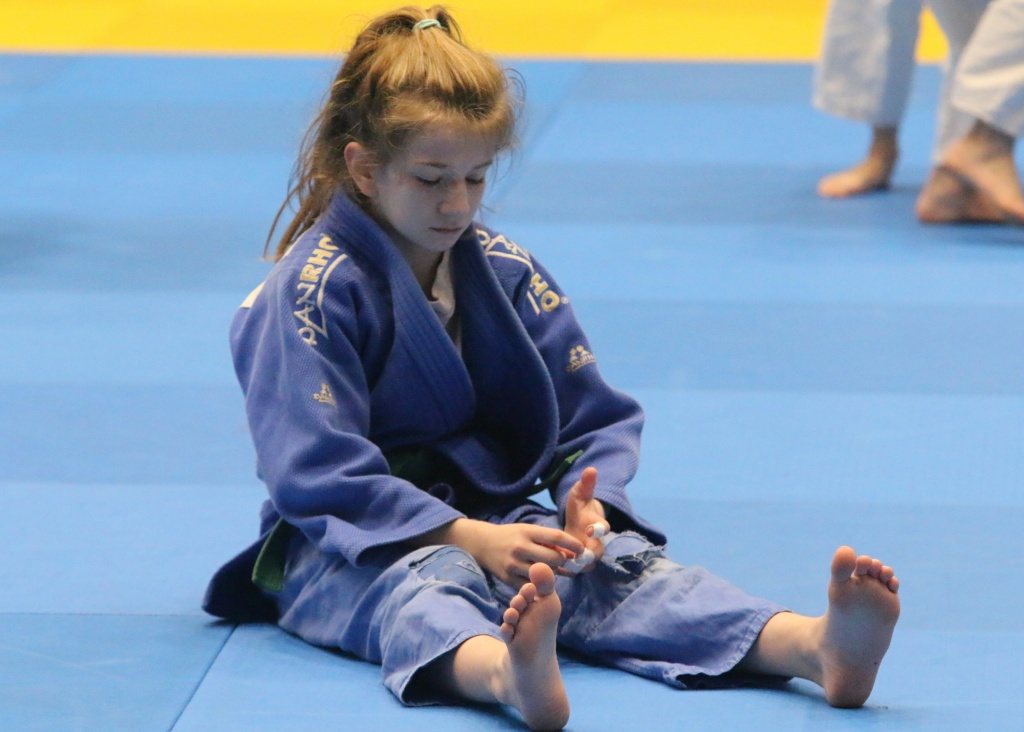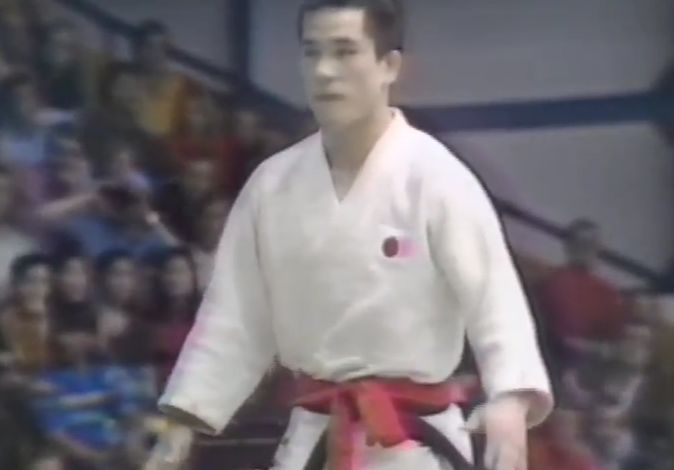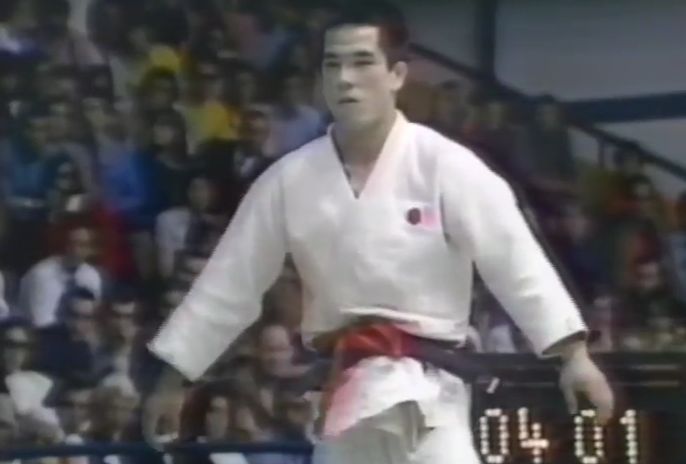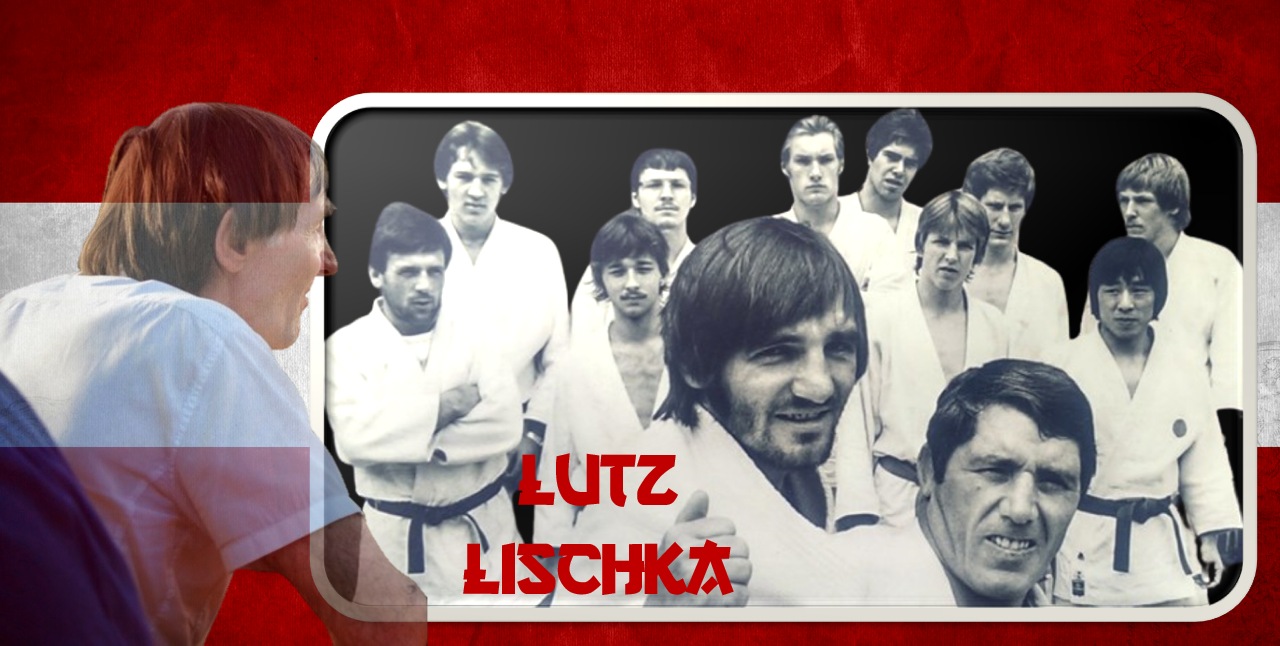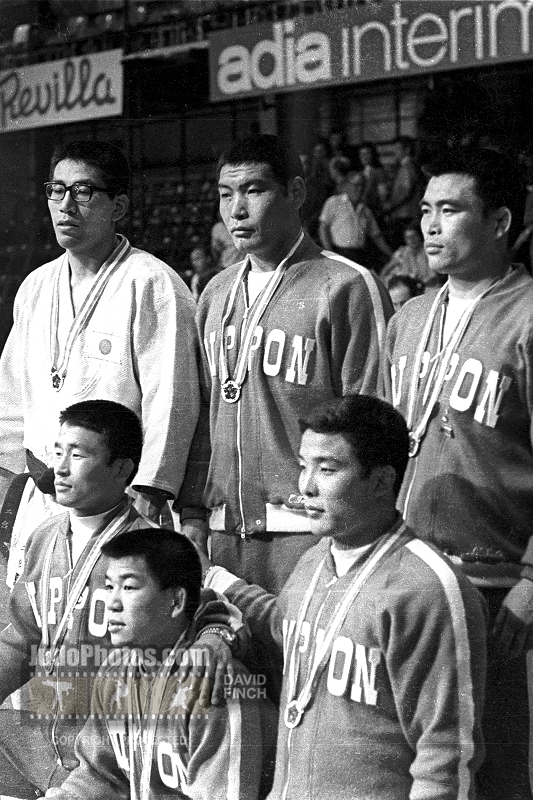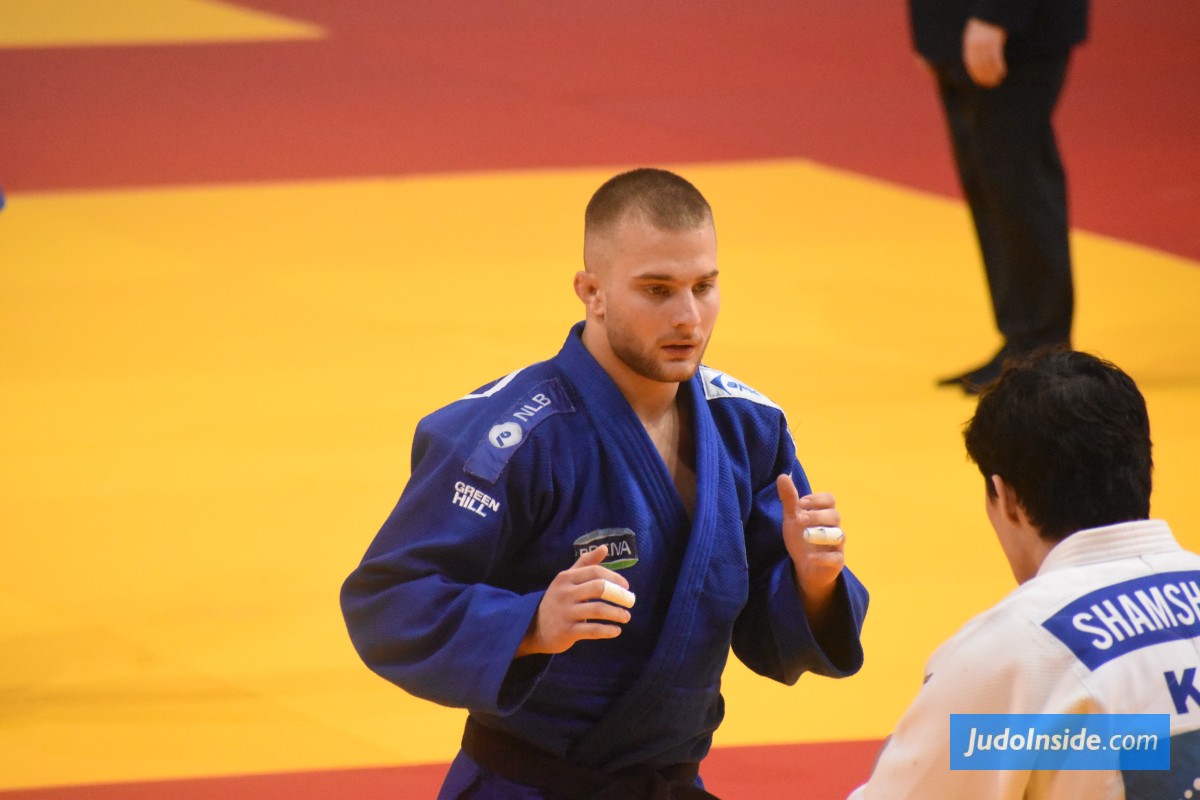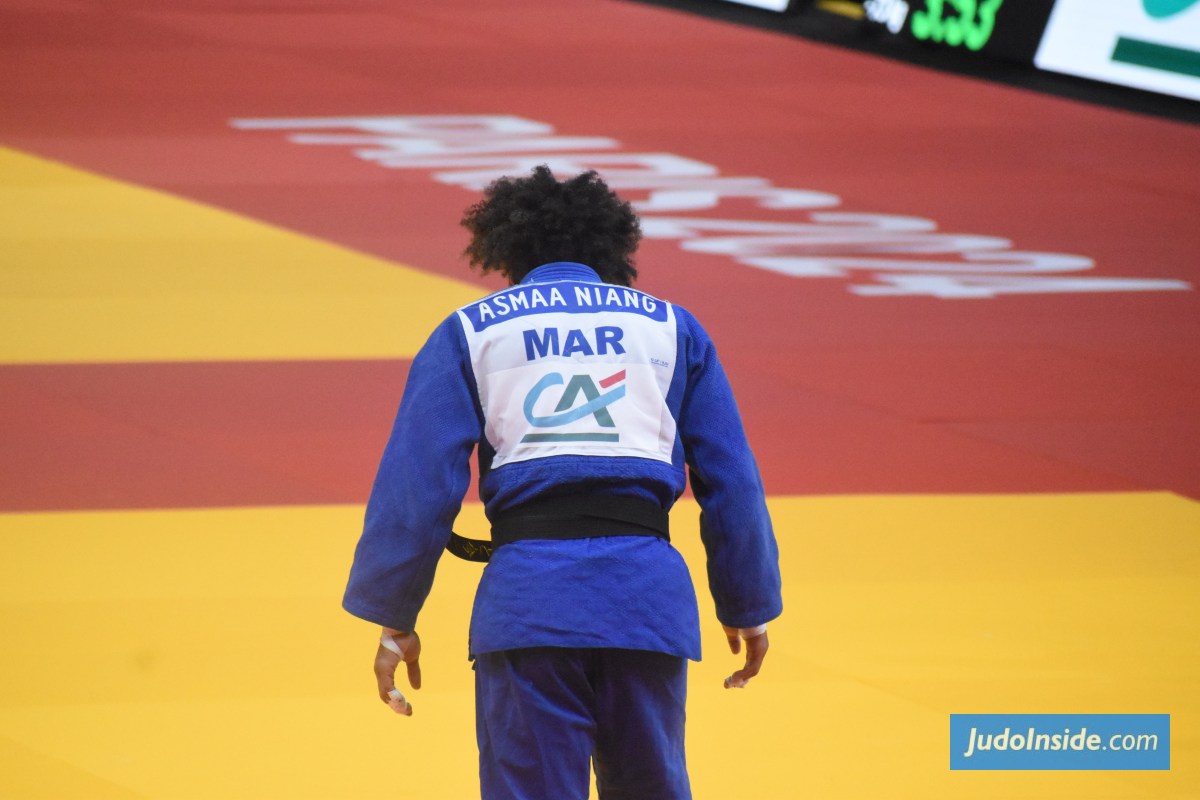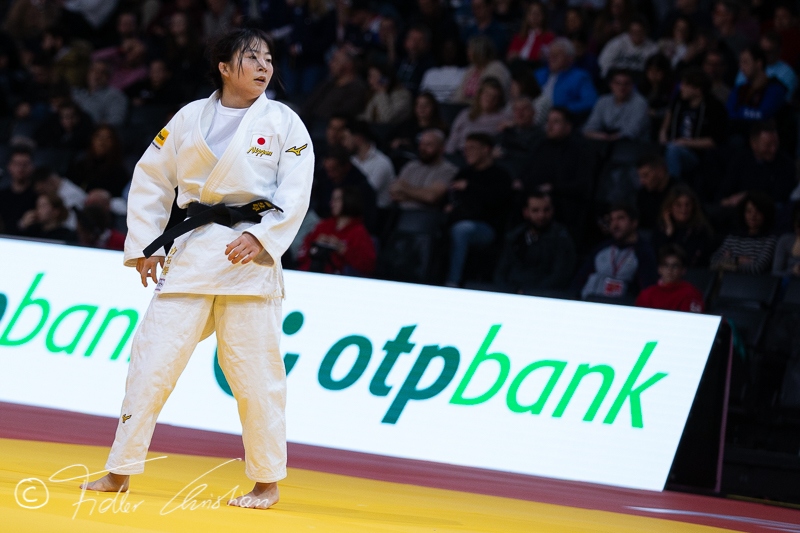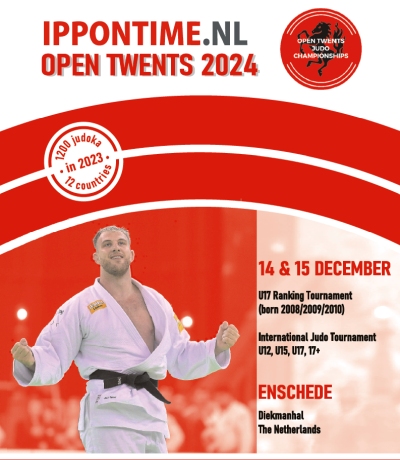Olympic Games 1972 review: Top favourite Takao Kawaguchi doesn't dissapoint
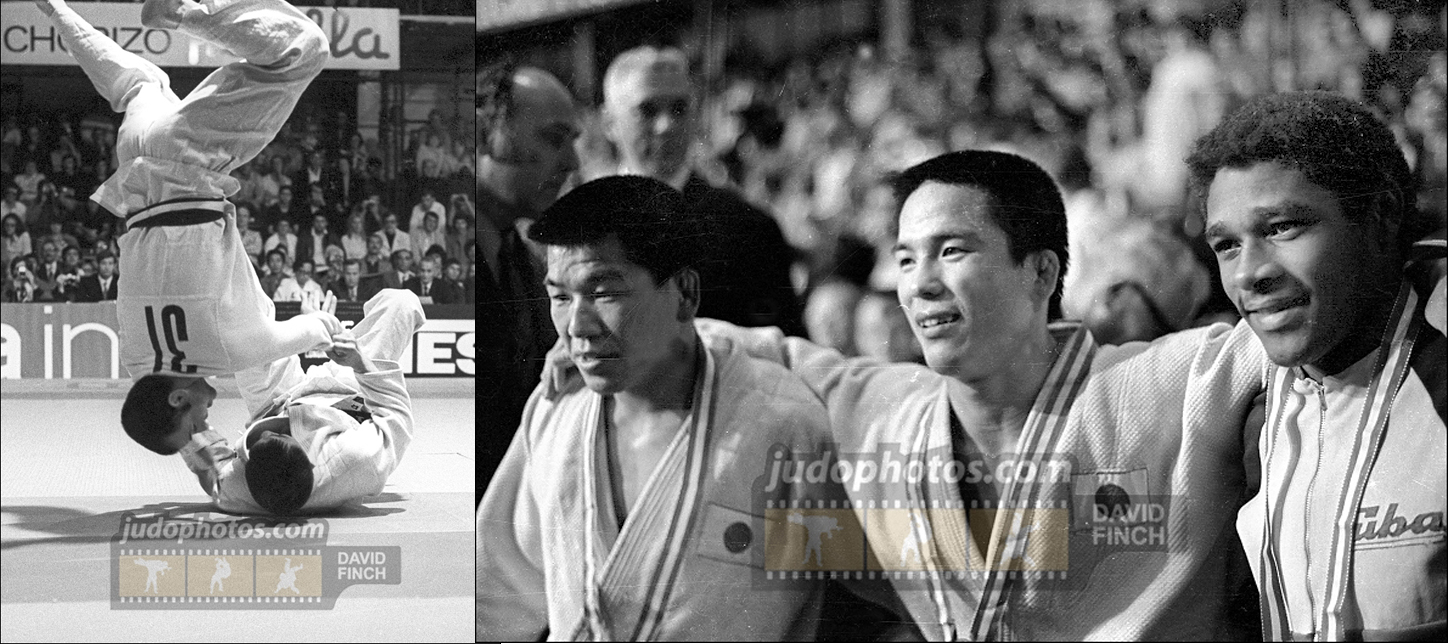
 27 Apr 2023 12:50
27 Apr 2023 12:50
 by JudoCrazy and JudoInside
by JudoCrazy and JudoInside
 David Finch / Judophotos.com
David Finch / Judophotos.com
With two gold medals secured, Japan looked poised to get its third gold medal of the 1972 Olympic Games in Munich in the lightest weight category. Its representative Takao Kawaguchi, did not disappoint. As the reigning World Champion, he was the top favorite in Munich. He had defeated his teammate Toyokazu Nomura at the 1971 World’s (Nomura would move up to U70kg for the Munich Games and win the gold there).
Like his compatriot Nomura, Kawaguchi also had a favorite technique that he relied on, almost exclusively. In his case it was tomoe-nage but with a slight twist. Instead of the standard over-the-top version, Kawaguchi would use a side entry for his throw. Holding right-handed, Kawaguchi would fall, rotate towards his opponent’s right foot, and throw with his left leg. Although this is the standard way to do yoko-tomoe-nage today, back then it was rather unusual.
Perhaps it was the other players’ unfamiliarity with yoko-tomoe-nage that allowed him to have such success with it. His first opponent, from Taiwan, went flying over with it. So did his second opponent, from South Korea. Disaster nearly happened in his next match though. Kawaguchi fractured two ribs on his right side while grappling with his Mongolian opponent Bakhaavaaa Buidaa, a powerful player with a Mongolian wrestling background. He managed to foil all of Kawaguchi’s attempts to throw him and at one point, even had Kawaguchi in a hold-down. It was while escaping the pin that Kawaguchi cracked his ribs. When the referee called matte, Kawaguchi’s coach noticed he was in pain and wanted to call a medic. Kawaguchi refused medical help for fear that he would be disqualified if the match was stopped due to his injury. He managed to make it through the rest of the match and won by a narrow decision.
During the break before Kawaguchi’s next match, the doctor wrapped his chest with bandages and injected him with painkillers. His semifinal match, against North Korea’s Kim Yong-ik, was worthy of a final. Kawaguchi opened up the accounts with a kouchi-leg grab which knocked Kim to his knees. The North Korean immediately stood up and launched an ouchi-gari which very nearly scored.
Kawaguchi tried another kouchi-leg grab. Kim replied with a fully-committed uchimata that would be considered a head-dive by today’s rules. No score for either player. Next, Kim then dived at Kawaguchi’s legs with morote-gari but no score. Kawaguchi responded the way he knew best, with yoko-tomoe-nage. This had Kim up in the air but he managed to land on his side, so no score was given since only waza-ari and ippon were recognized back then.
When both players got up and “hajime” was called, normally it would be Kim’s turn to attack but Kawaguchi immediately launched into yet another kouchi-leg grab, causing Kim to sprawl onto his belly to avoid a score. Quite often, tomoe-nage specialists are also good at newaza and Kawaguchi no exception. Without missing a beat, he deftly turned Kim onto his back and clamped on a yoko-shiho-gatame for ippon.
Although his Mongolian opponent, Buidaa had been defeated in the earlier rounds, the unique repechage system used at the time allowed him to claw his way back to the final. After defeating France’s Jean-Jacques Mounier, a triple European Champion, in the semifinal, Buidaa earned the right to fight Kawaguchi for the gold.
Kawaguchi knew that he had to end his final match with Buidaa fast. Even with painkillers, his chest was hurting and if the match were to drag on, he would surely lose. The moment the referee called, “hajime”, Kawaguchi lunged at his Mongolian opponent with a lightning-quick kouchi-leg grab. Although there was no score, it allowed Kawaguchi to go into groundwork. There, he nimbly turned Buidaa over and held him with kami-shiho-gatame until the bell rang. The official time was 39 seconds, which means it took him only 9 seconds from the start of the match to securing the hold-down (back then, you had to pin your opponent for 30 seconds to get ippon).
Kawaguchi had fought valiantly, using his favorite technique in the earlier rounds, and then switching to hold-downs after he got badly injured. It was a heroic victory. But as it turned out, even if he had lost in the final, Kawaguchi probably would have been awarded the gold medal anyway. A few days later, it was revealed that Buidaa had failed a drug test. High amounts of caffeine were found in his urine sample, and his silver medal was taken away. Had that medal been gold, it surely would have been taken away too and given to his opponent.
Support JudoCrazy
JudoInside's JudoCrazy partner, Oon Yeoh, is creating interesting content such as this series of articles about Olympic judo history. Support his efforts by subscribing to his Patreon or Substack.
 like
like
 share
share
